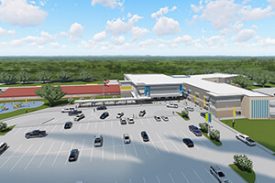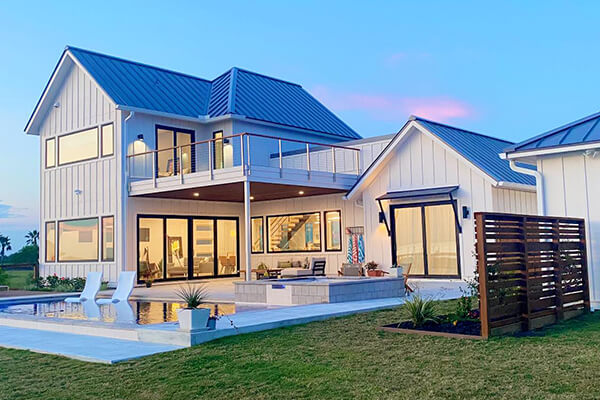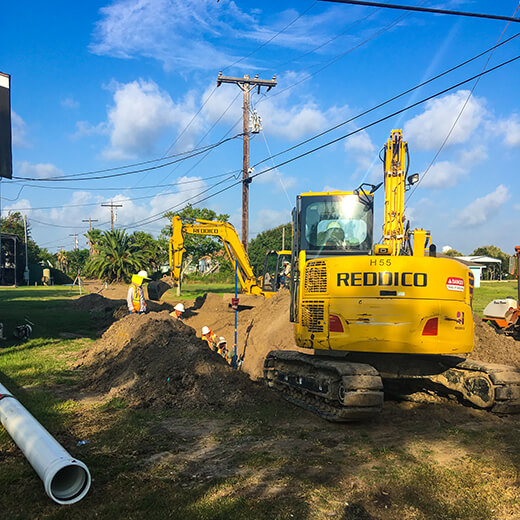Vacuum/Pneumatic Sewer Systems are not widely used in Texas. They are typically reserved for flat areas with sandy soil and high groundwater tables, such as the coast. Many contractors are not intimately familiar with the system and its design.
Records of the existing system were incomplete, yet the new system needed to run parallel to the old system. This presented a design challenge as the system passes through alleyways and alongside existing infrastructure and utilities such as gas a telephone lines.
The community does not have a building code. There are buildings protruding into easements and rights-of-way, as well as decks built over alleys.
- Design a two-mile vacuum sewer system with five different feed lines to replace old system in growing community.
- Understand the design of the existing system and build new system alongside it to prevent rerouting of tie-ins and feed lines as much as possible
- Ensure that the new system is functional not only for the needs of today, but that it will not soon become obsolete.
























